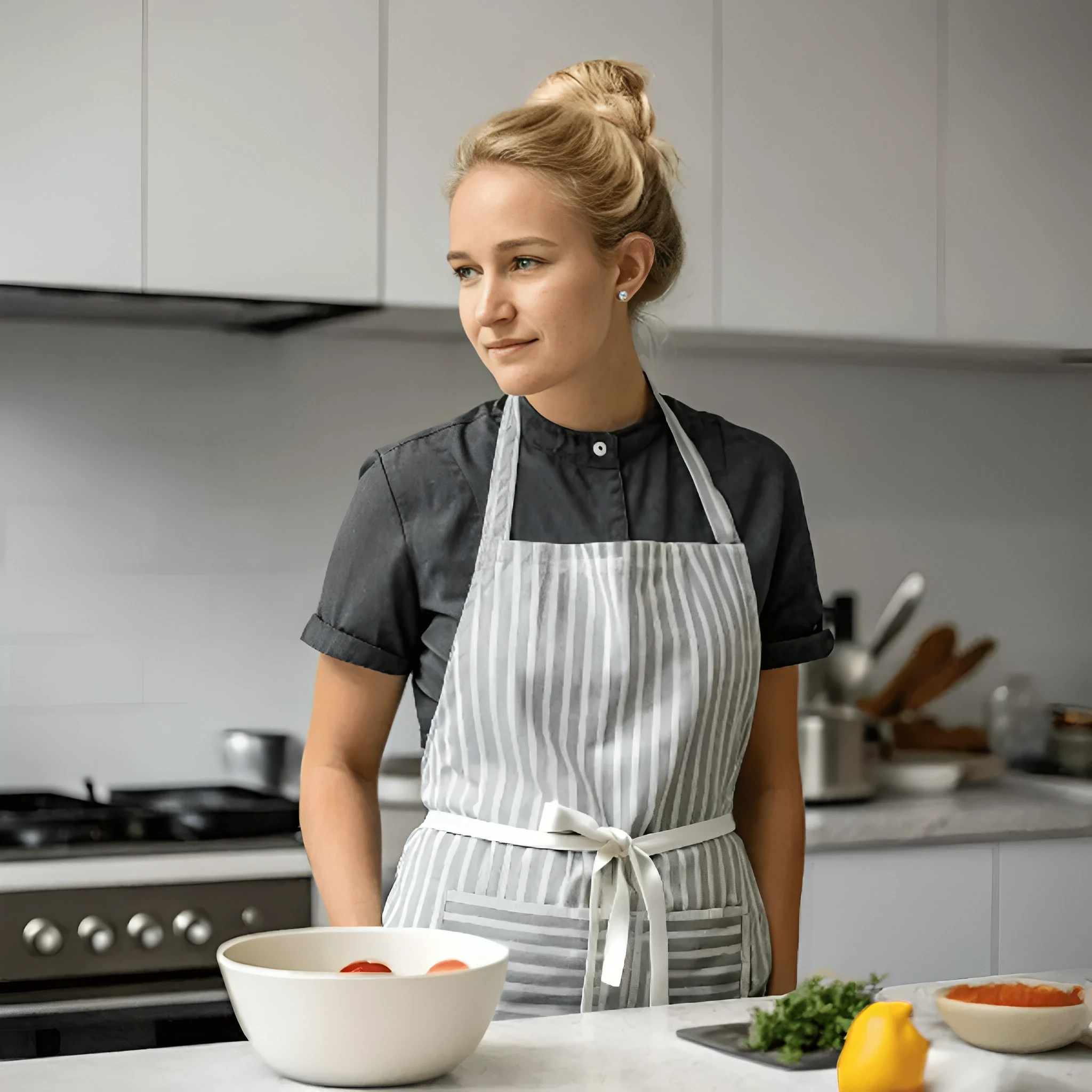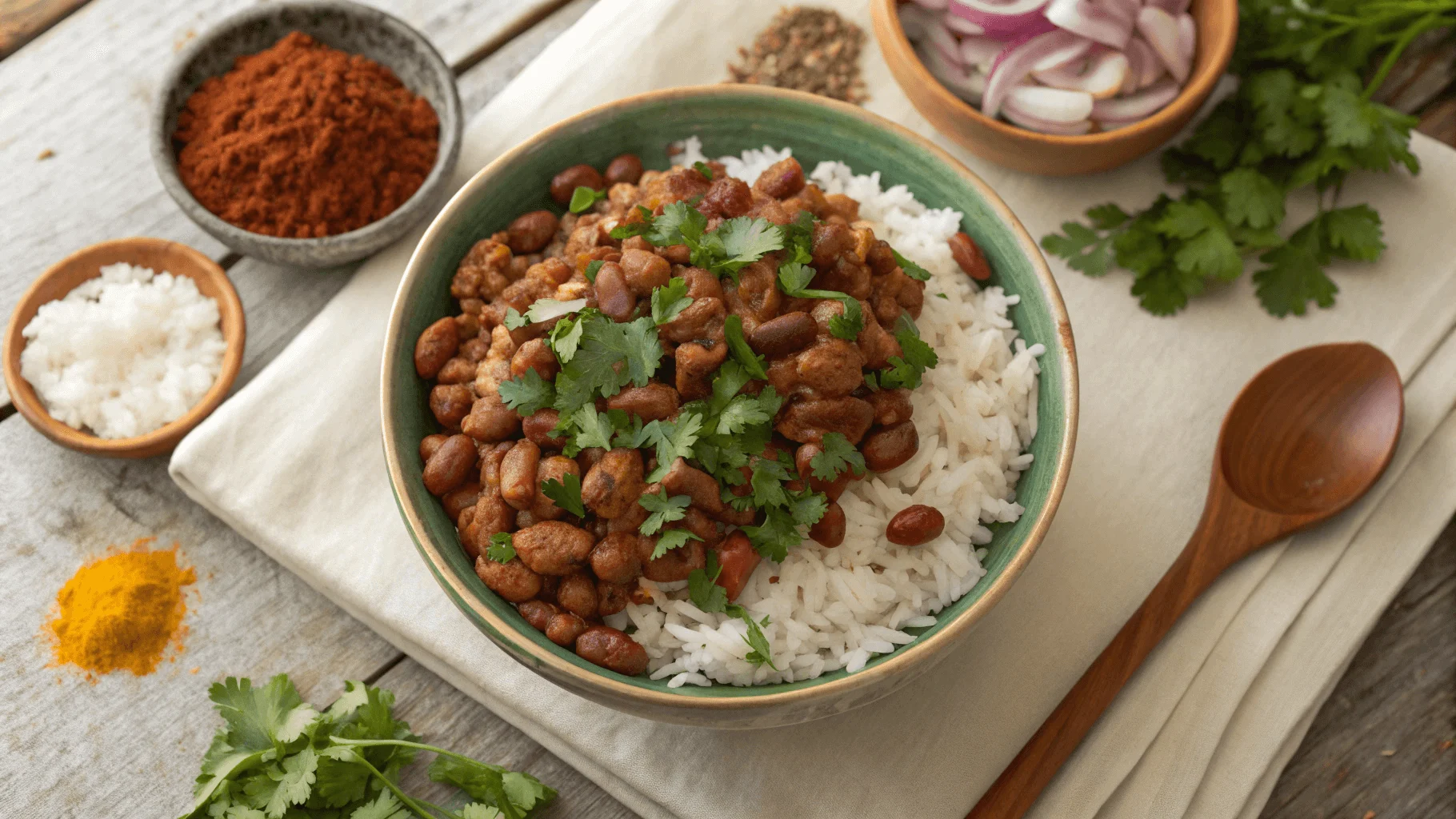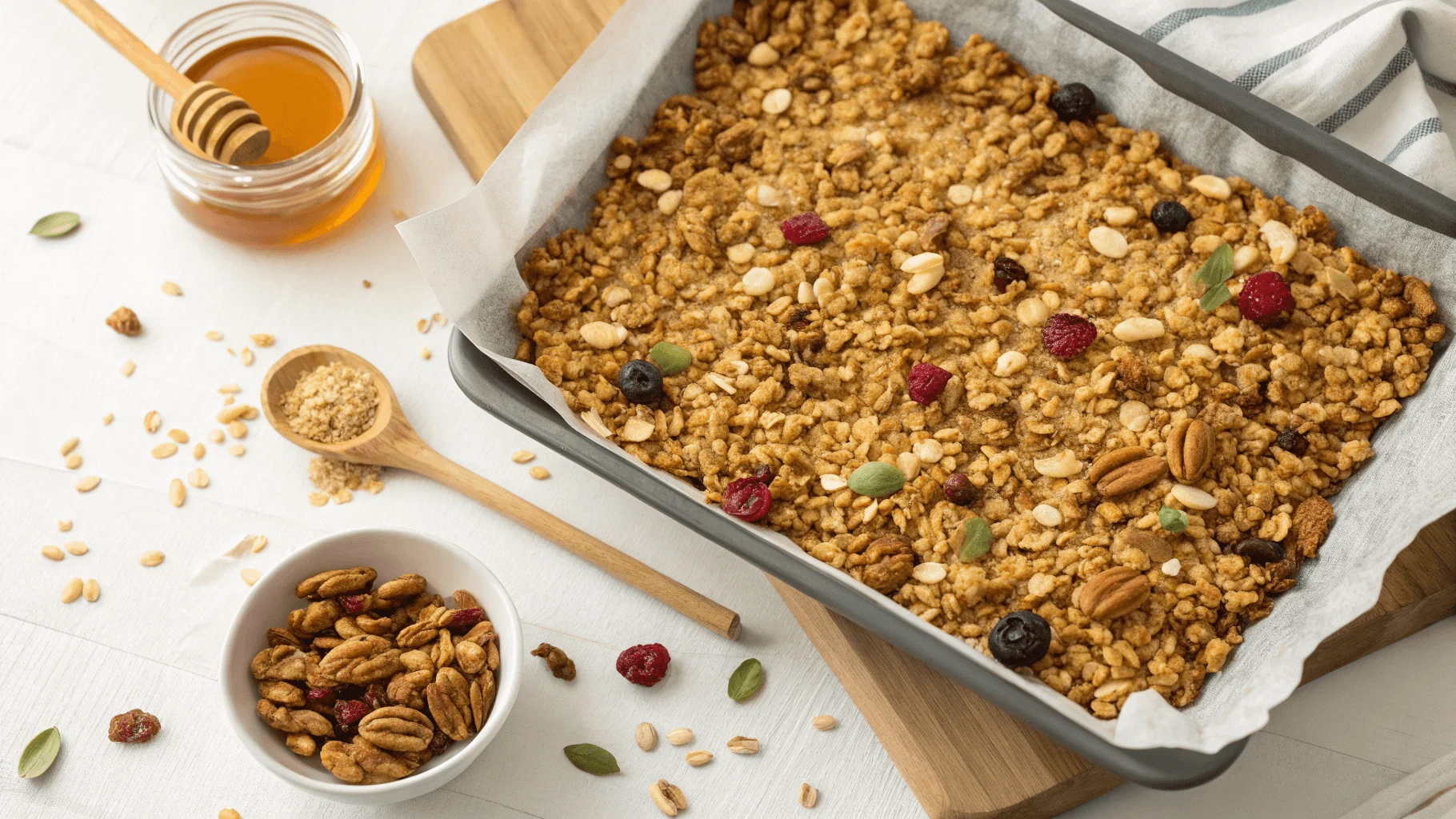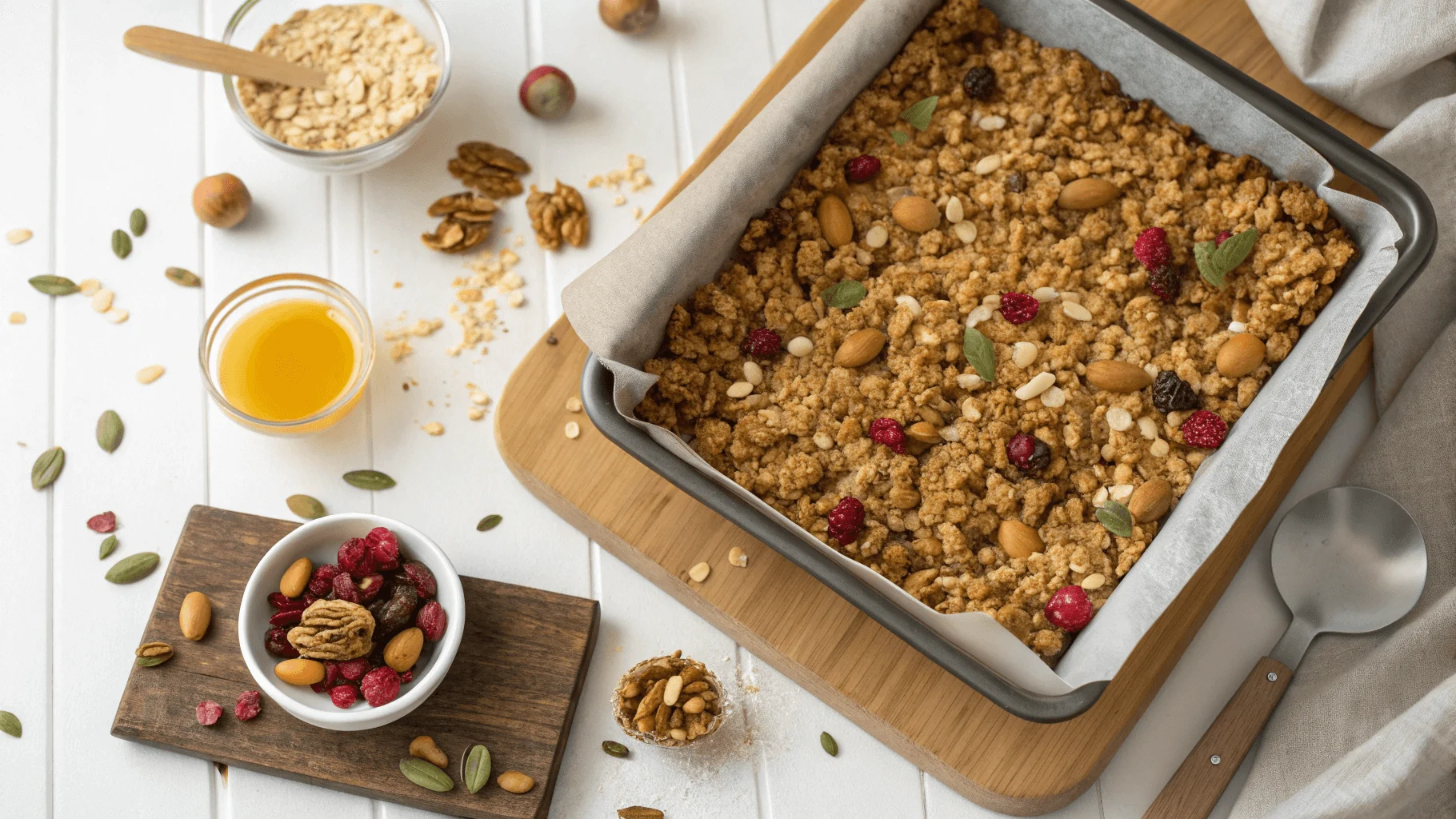Christmas is a season rich with traditions, and, unsurprisingly, one of the most cherished customs revolves around cookies. But what is the tradition of cookies at Christmas that makes them so special? Specifically, from baking elaborate designs to joyfully sharing these treats with loved ones, cookies hold a place of honor in holiday celebrations. Not only do they symbolize generosity and warmth, but they also embody the joy of giving—an ethos that is deeply ingrained in the festive spirit. Furthermore, in this article, we’ll thoroughly explore the roots of this beloved tradition and, most importantly, how it continues to evolve in modern times.
Historical Evolution of Christmas Cookie Recipes
To understand what is the tradition of cookies at Christmas, it’s essential to trace their origins. The practice dates back to medieval Europe, where early cookie recipes were heavily influenced by spices and sweeteners brought via trade routes. These ingredients were expensive, making cookies a luxury reserved for special occasions like Christmas.
By the 16th century, European bakers were crafting shaped cookies, often tied to religious symbolism. Gingerbread men and other spiced cookies became popular, reflecting the opulence and celebratory nature of the season. As settlers moved to the Americas, they carried these recipes with them, adapting them to include native ingredients like molasses and corn syrup. Therefore, the tradition grew, and today, Christmas cookies are a staple in households worldwide. Discover more about the history of butter cookies at Christmas, a fascinating journey through the flavors and techniques that shaped this festive custom.
The Influence of Culture on Christmas Cookie Traditions
When considering what is the tradition of cookies at Christmas, cultural diversity plays a significant role. Different regions have their own unique cookie recipes, influenced by local ingredients and customs. For instance:
- In Germany, lebkuchen (spiced honey cookies) are a holiday classic.
- Italy’s panettone cookies bring a citrus twist to Christmas.
- Sweden features pepparkakor, thin ginger snaps that are both spicy and sweet.
These cultural nuances not only preserve local heritage but also add a personal touch to the global Christmas cookie tradition. Families often incorporate recipes handed down through generations, blending cultural influences to create new favorites.
Learn how these global inspirations contribute to what makes the number one Christmas cookie in different parts of the world.
Role of Christmas Cookies in Holiday Storytelling and Folklore
Stories and folklore provide another lens through which to view what is the tradition of cookies at Christmas. Cookies have long been associated with mythical figures like Santa Claus. The modern tradition of leaving cookies and milk for Santa originated in the United States during the Great Depression as a way for families to show gratitude.
In some cultures, cookies symbolize goodwill and protection. For example, in Scandinavian countries, baked treats were left on windowsills to appease house elves. As a result, such tales enrich the tradition, adding layers of meaning that resonate across generations.
Regional Variations in Christmas Cookie Ingredients
Exploring what is the tradition of cookies at Christmas would be incomplete without highlighting ingredient variations. Depending on the region, staple ingredients differ:
- In North America, butter and sugar dominate recipes.
- Scandinavian countries often rely on almonds and cardamom.
- Southeast Asian variations may include coconut and pandan flavoring.
These regional differences not only reflect available resources but also introduce an array of flavors that celebrate the diversity of Christmas traditions. Consequently, they make Christmas cookies a versatile and universally loved holiday treat.
The Science of Baking Perfect Christmas Cookies
Understanding what is the tradition of cookies at Christmas extends to mastering the science behind baking. Perfect cookies require a balance of ingredients and precise techniques:
- Flour-to-fat ratio determines texture—higher fat content yields a softer cookie.
- Sugar type affects spread; granulated sugar creates crisp edges, while brown sugar results in chewiness.
- Proper oven temperature ensures even baking and prevents burning.
Thus, science plays a crucial role in transforming simple ingredients into festive masterpieces, making the process both an art and a technical achievement.
Festive Shapes and Designs in Christmas Cookies
When discussing what is the tradition of cookies at Christmas, festive shapes and designs are a significant aspect. Cookie cutters in shapes like stars, trees, and snowflakes allow bakers to create visual representations of holiday themes. Decorations further enhance these designs:
- Royal icing provides a smooth surface for intricate detailing.
- Edible glitter adds a magical touch.
- Colored sugar sprinkles bring vibrant cheer to any cookie platter.
Such creativity turns baking into a fun and interactive tradition, especially for families with children. Therefore, designing cookies becomes an activity that strengthens family bonds during the holidays.
Healthier Alternatives for Traditional Christmas Cookies
For those looking to enjoy holiday treats without compromising on health, what is the tradition of cookies at Christmas offers room for adaptation. Healthier versions include:
- Using whole-grain flours for added fiber.
- Substituting refined sugar with natural sweeteners like honey or maple syrup.
- Incorporating nutrient-rich ingredients such as oats, nuts, and dried fruits.
These alternatives ensure that everyone can partake in the tradition while adhering to dietary preferences or restrictions. Moreover, they offer a modern twist to a timeless practice.
Discover tips on choosing the best butter for baking Christmas cookies, combining taste and sustainability.
Sustainable and Eco-Friendly Christmas Baking Practices
A modern twist on what is the tradition of cookies at Christmas involves embracing sustainability. Eco-friendly practices include:
- Sourcing locally produced ingredients to reduce carbon footprints.
- Avoiding single-use plastics by using reusable storage tins.
- Composting scraps to minimize waste.
These efforts align the joy of baking with environmental responsibility, creating a tradition that’s mindful of future generations. Furthermore, sustainable practices add a meaningful layer to holiday celebrations.
How Christmas Cookie Recipes Are Passed Down Through Generations
One of the most endearing aspects of what is the tradition of cookies at Christmas is the way recipes are passed down. Handwritten cookbooks, shared family secrets, and oral storytelling all play a role. As a result, this practice ensures continuity and fosters a sense of belonging.
Each recipe tells a story, connecting the past to the present. Families often treasure these heirlooms, making them a vital part of their holiday celebrations. Consequently, these recipes are more than instructions; they are legacies.
The Economics of Christmas Cookies: Homemade vs. Store-Bought
Understanding what is the tradition of cookies at Christmas also involves examining the economic aspects. Homemade cookies offer:
- Cost-effectiveness when baking in bulk.
- Opportunities for customization.
- A personal touch that store-bought varieties lack.
However, store-bought options provide convenience and consistent quality, catering to those with time constraints. Therefore, balancing these factors allows families to decide what works best for their celebrations.
The Role of Christmas Cookies in Charity and Community Events
Cookies play a significant role in fostering community spirit, illustrating what is the tradition of cookies at Christmas. From cookie exchanges to charity bake sales, these treats bring people together. They serve as:
- Fundraising tools for local organizations.
- Tokens of appreciation for service workers.
- Means to spread holiday cheer to the less fortunate.
Such initiatives underscore the communal aspect of Christmas, highlighting the power of simple gestures. Consequently, they amplify the spirit of giving that defines the season.
Famous Christmas Cookie Recipes Around the World
No discussion of what is the tradition of cookies at Christmas is complete without mentioning globally renowned recipes. These include:
- France’s buttery sablés.
- Mexico’s cinnamon-infused polvorones.
- Russia’s nut-filled kolachy.
Each recipe reflects its cultural origins, adding to the rich tapestry of holiday traditions. Moreover, exploring these recipes allows for a deeper appreciation of global culinary heritage.
FAQs
Why are cookies associated with Christmas?
Cookies symbolize generosity and festive spirit, rooted in medieval holiday feasts.
How can I make Christmas cookies healthier?
Opt for whole-grain flours, natural sweeteners, and nutrient-dense ingredients.
What are popular Christmas cookie designs?
Shapes like stars, snowflakes, and Christmas trees are perennial favorites.
Conclusion
In exploring what is the tradition of cookies at Christmas, it becomes clear that these treats are more than just food—they embody the essence of the holiday. From their historical roots to their essential role in community building, Christmas cookies have consistently continued to bring joy and unity to celebrations worldwide. Moreover, by blending creativity, incorporating cultural traditions, and embracing sustainable practices, this beloved custom undoubtedly remains timeless.






3 thoughts on “What Is the Tradition of Cookies at Christmas? A Festive Guide”